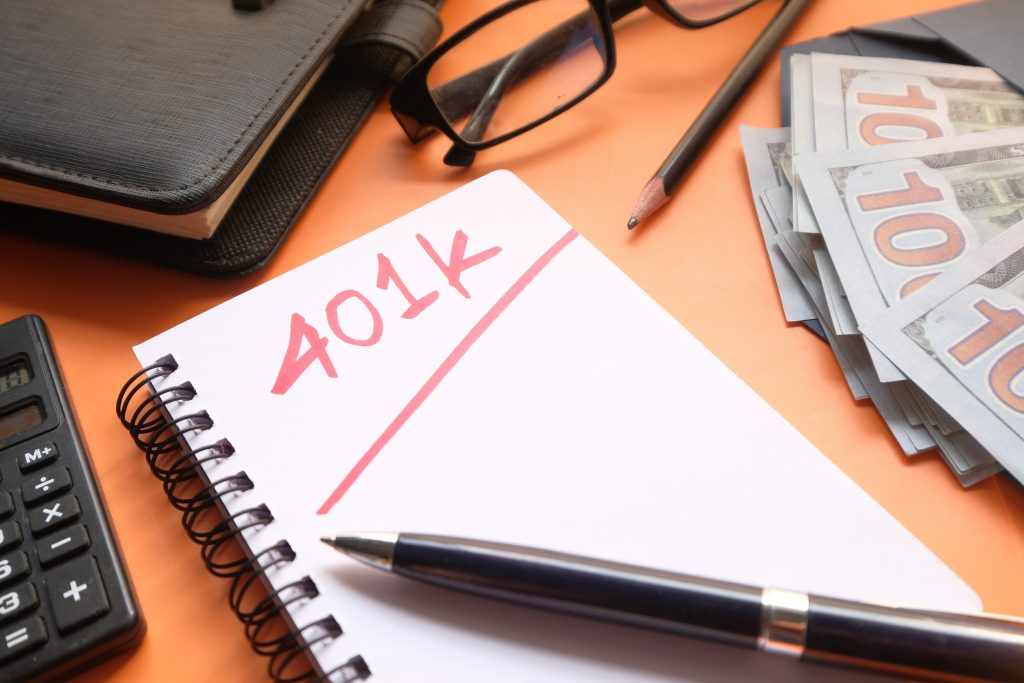
Image Source: pexels.com
Retirement planning is supposed to be about building a secure future, not watching your hard-earned savings get eaten away by hidden costs. Yet, many people unknowingly invest in retirement accounts with high fees that quietly drain their nest egg year after year. These fees can be so steep that they cancel out the growth you expect from your investments. If you’re not careful, you could end up with far less than you planned for when it’s finally time to retire. That’s why understanding which retirement accounts come with the highest fees and how to avoid them is crucial. Let’s break down the seven worst offenders and help you keep more of your money working for you.
1. Variable Annuities With Layered Fees
Variable annuities are often pitched as a “safe” way to grow your retirement savings, but they’re notorious for their complex and stacked fee structures. You might pay mortality and expense risk charges, administrative fees, and investment management fees—all on top of each other. According to the SEC, these fees can easily exceed 2-3% per year. Over the decades, that can eat up a huge chunk of your returns. If you’re considering a variable annuity, make sure you understand every fee involved and compare it to lower-cost alternatives like IRAs or 401(k)s.
2. Actively Managed Mutual Funds in 401(k)s
Many 401(k) plans offer actively managed mutual funds, which often come with high expense ratios—sometimes over 1% annually. While that might not sound like much, it adds up fast. For example, a 1% fee on a $100,000 account is $1,000 a year, every year. Studies show that most actively managed funds fail to outperform their lower-cost index fund counterparts over the long term. If your 401(k) is loaded with these funds, you could be paying for performance you never actually receive.
3. Small-Business SIMPLE IRAs With High Administrative Costs
SIMPLE IRAs are popular for small businesses, but not all providers are created equal. Some charge hefty setup and annual maintenance fees, especially if the plan is held at a traditional bank or insurance company. These costs can be particularly damaging for employees with smaller balances, as the fees represent a larger percentage of their savings. Always ask your employer or plan administrator for a full breakdown of all fees, and consider advocating for a switch to a lower-cost provider if the numbers don’t add up.
4. Self-Directed IRAs With Custodial and Transaction Fees
Self-directed IRAs give you the freedom to invest in alternative assets like real estate or private equity, but that freedom comes at a price. Custodians of these accounts often charge annual account fees, asset-based fees, and transaction fees for every investment you make. If you’re not careful, these charges can quickly outpace any growth your alternative investments might generate. Before opening a self-directed IRA, compare custodians and make sure you understand the full fee schedule.
5. High-Fee Target Date Funds
Target date funds are designed to simplify retirement investing by automatically adjusting your asset allocation as you approach retirement. However, not all target date funds are created equal. Some come with expense ratios well above 0.75%, and a few even top 1%. Over time, these higher fees can significantly reduce your retirement savings. When choosing a target date fund, look for low-cost options from reputable providers, and always check the expense ratio before investing.
6. Bank-Managed IRAs With Low Yields and High Fees
Many banks offer IRA accounts that invest primarily in CDs or money market funds. While these might seem safe, they often come with annual maintenance fees and offer very low interest rates. In some cases, the fees can exceed your interest, resulting in negative growth. If your IRA is at a bank, review your statements carefully and consider moving your funds to a brokerage that offers a wider range of investment options and lower fees.
7. Employer-Sponsored Plans With Outrageous Administrative Fees
Some employer-sponsored retirement plans, especially those offered by smaller companies, come with high administrative fees that are passed on to employees. These can include recordkeeping fees, legal fees, and even marketing costs. These fees can sometimes exceed 1% of your account balance annually. Over a 30-year career, that can mean tens of thousands of dollars lost to fees. If you suspect your plan is expensive, ask your HR department for a fee disclosure statement and compare it to industry averages.
Protecting Your Retirement: Knowledge Is Your Best Investment
The truth is, not all retirement accounts are created equal, especially when it comes to fees. Retirement accounts with high fees can quietly erode your savings, leaving you with far less than you deserve after decades of hard work. The good news? You have the power to take control. Start by reviewing your account statements, asking questions about every fee, and comparing your options. Don’t be afraid to move your money to lower-cost accounts or funds. Remember, every dollar you save on fees is another dollar that can grow for your future. By staying vigilant and informed, you can ensure your retirement accounts are working for you, not against you.
What about you? Have you ever discovered hidden fees in your retirement accounts? Share your story or tips in the comments below!
Read More
How to Withdraw Money from a Retirement Account Without Penalty
How Mutual Fund Fees Impact Your Retirement

Travis Campbell is a digital marketer/developer with over 10 years of experience and a writer for over 6 years. He holds a degree in E-commerce and likes to share life advice he’s learned over the years. Travis loves spending time on the golf course or at the gym when he’s not working.








